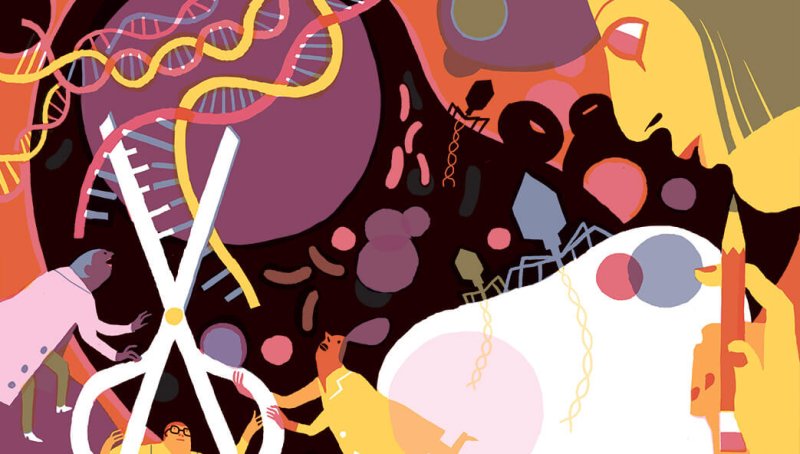1. Crispr takes on blood diseases
Last summer, doctors in Tennessee injected Victoria Gray—a 34-year-old sickle cell disease patient—with billions of her own stem cells that scientists in Massachusetts had reprogrammed with Crispr to produce healthy blood cells. The hours-long infusion made her the first American with a heritable disease to be treated with the experimental gene-editing technology. And it appears to be working. This July, Gray celebrated a year of being symptom-free.
2. The stable of gene-edited animals grows
For thousands of years, humans have been modifying the DNA of our closest furry and feathered friends by breeding animals to produce the most desirable traits. With Crispr, one no longer has to wait generations to make significant genetic changes. This year, researchers welcomed a raft of world-first barnyard creatures. Among them are pandemic-proof pigs, whose cells have been edited to remove the molecular lock-and-key mechanism that a variety of respiratory viruses use to infect them.































